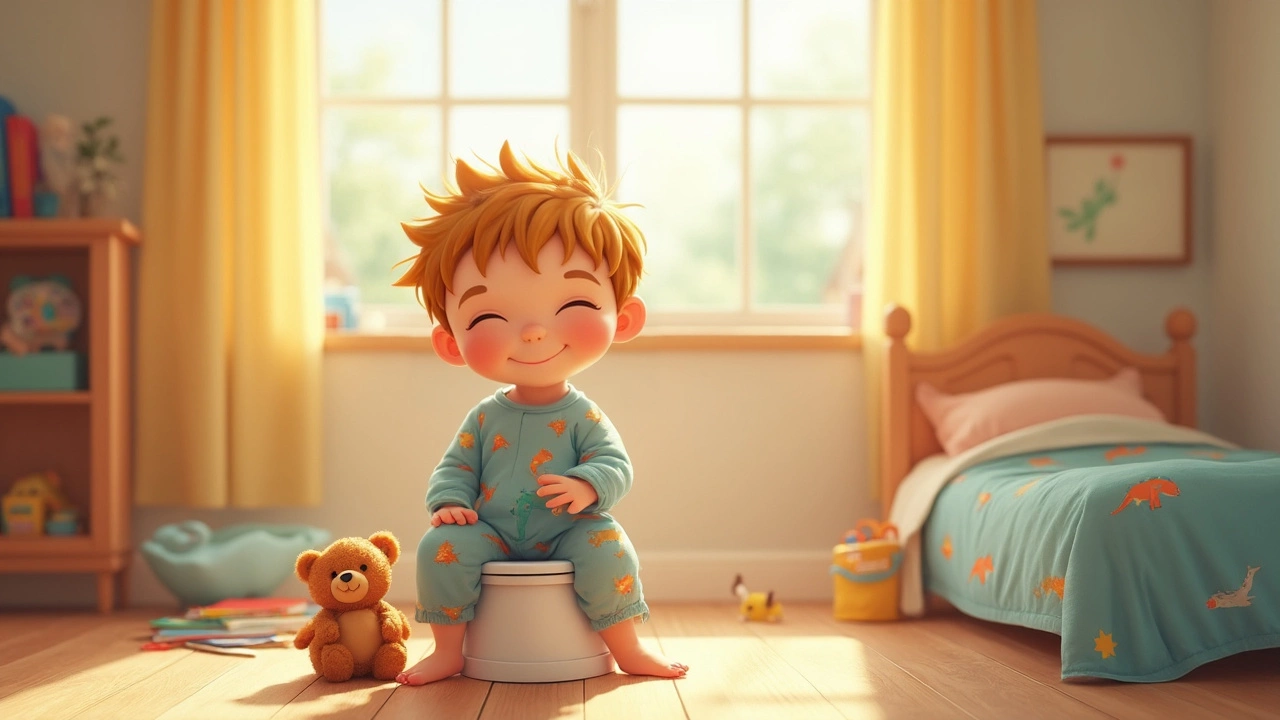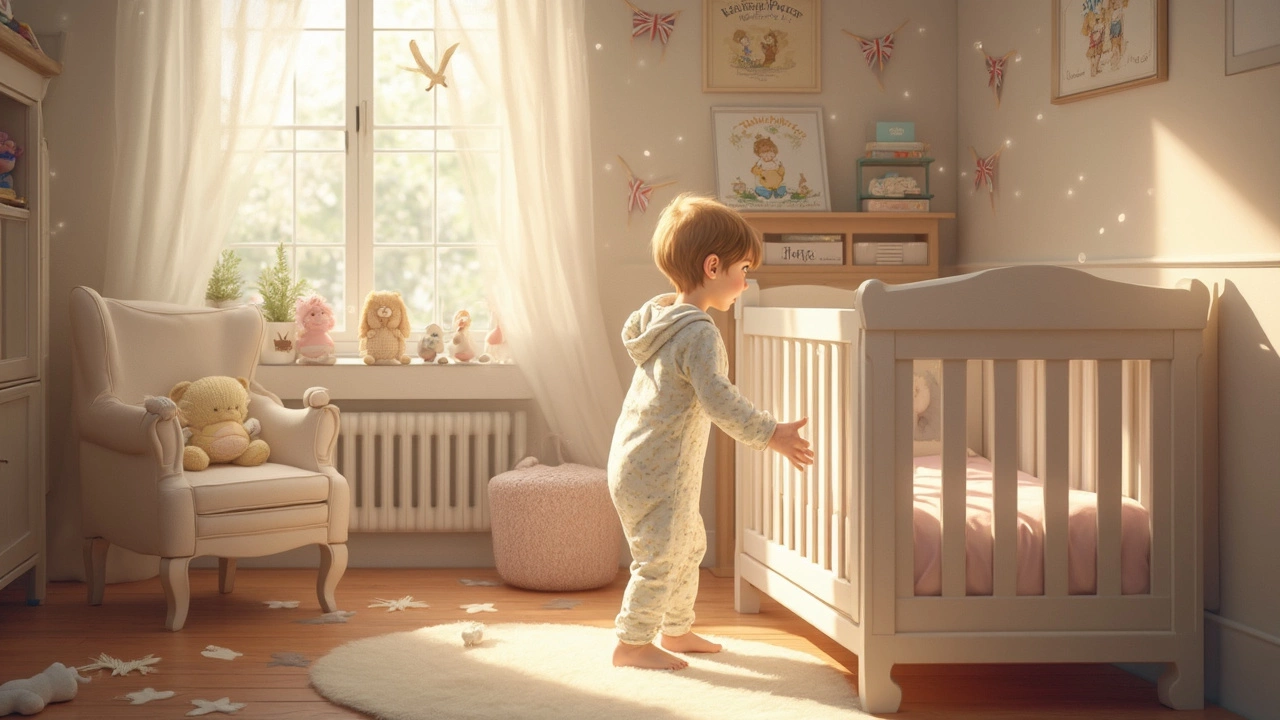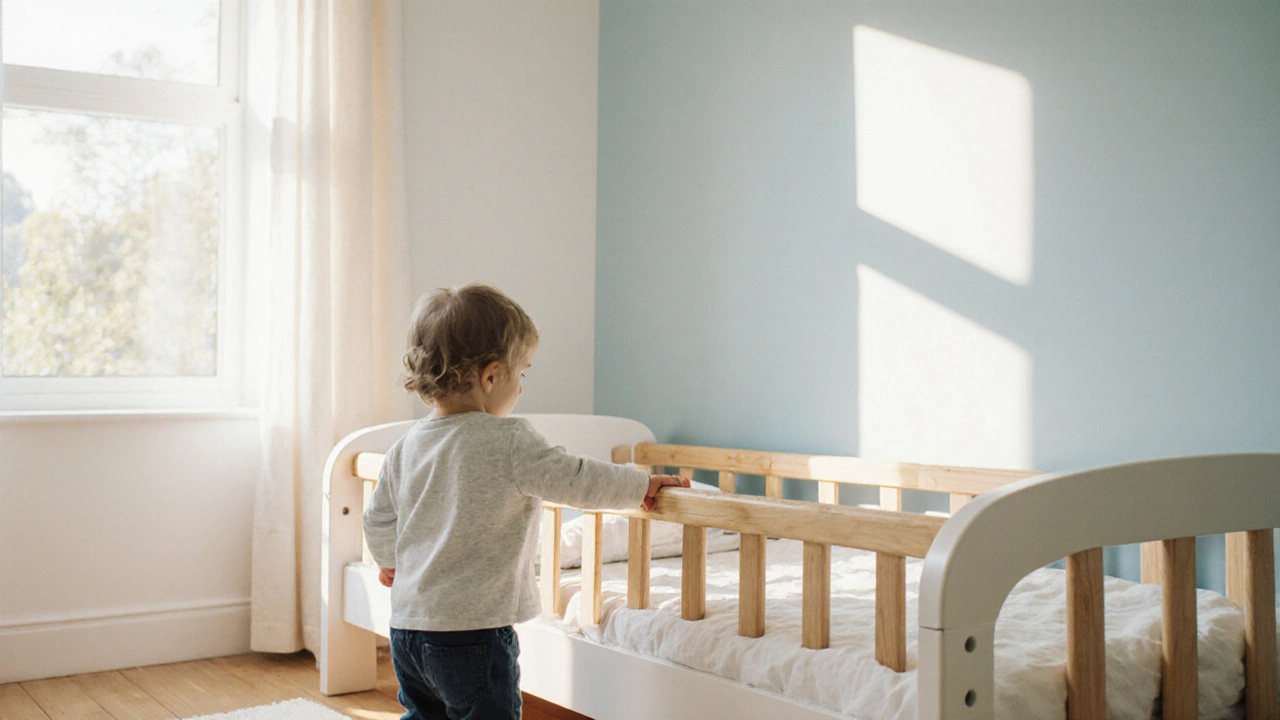Toddler Bed Readiness: How to Tell If Your Child Isn’t Ready
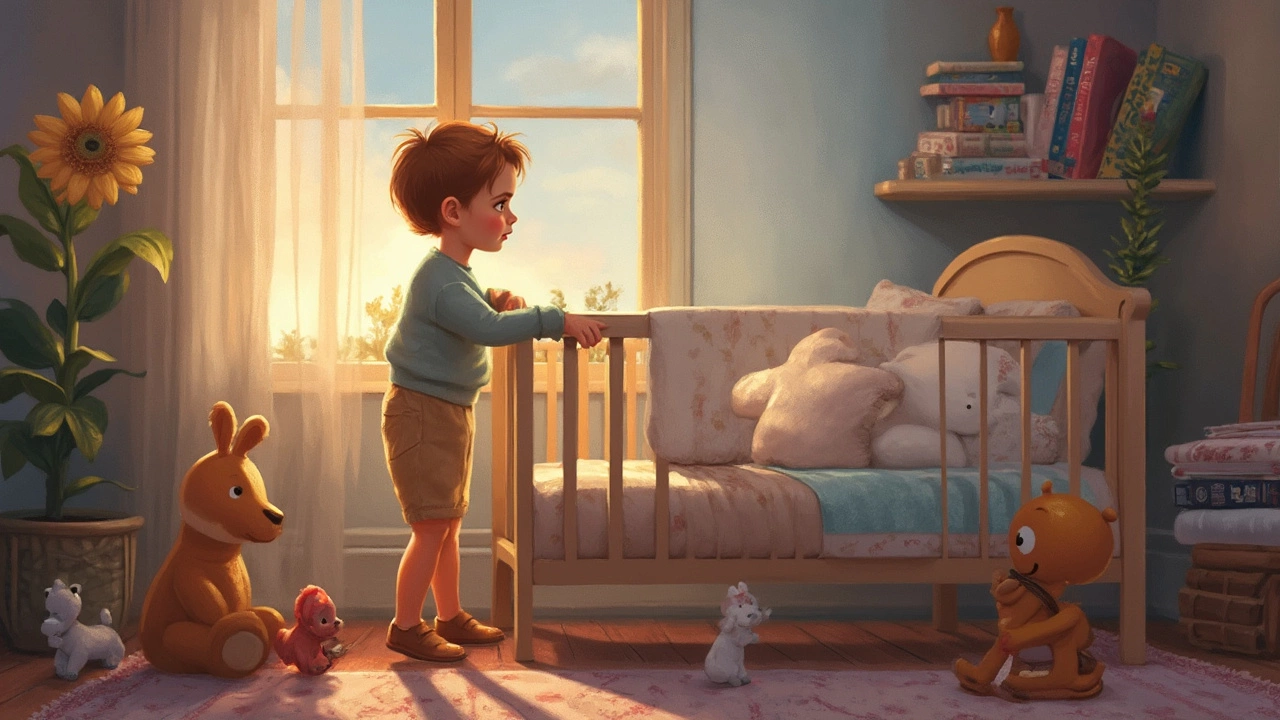
Ever moved a toddler to a big-kid bed only to discover more chaos than comfort? Picture this: you finally make the switch, and suddenly your child is everywhere but in bed. Not every little one is ready to ditch the crib, even if they’re climbing or the grandparents say it’s time.
Kids don’t come with handbooks—trust me, I’ve tried to find one. Want to know if your toddler is ready for a new sleep setup? It comes down to more than just age or height. Watch for what they do at night, their ability to follow simple bedtime rules, and how safe they really are once the sides are off. Baby monitors become your lifeline here. They’re not just for hearing cries; they help you spot wandering feet and wild adventures before they become household legends.
- When Most Toddlers Are Ready
- Clear Signs Your Toddler Isn’t Ready
- Safety Concerns to Watch For
- What Baby Monitors Can Reveal
- Tips for a Better Bedtime Transition
- Alternatives to Switching Beds
When Most Toddlers Are Ready
There’s no secret age when every kid magically gets ready for a toddler bed, but you’ll find most make the jump somewhere between 18 months and 3.5 years. Some parents get pushed by new siblings on the way, while others only switch once their toddler is trying to escape the crib like an action hero. According to the American Academy of Pediatrics, the average age for this move is around 3 years old. That said, Finn didn’t even think about leaving his crib until closer to 3.5—he was more into his stuffed animals than acrobatics.
Physical size can play a part, too. If your child is almost as tall as the mattress rail (usually around 35 inches), it might be a signal. But height alone doesn’t always mean they’re ready. Some 2-year-olds just aren’t mature enough to handle the freedom.
"Most toddlers are ready for a bed between the ages of 2 and 3 years, but it really depends on the individual child and your family's needs."
— Dr. Dina DiMaggio, pediatrician, in Parents magazine
What’s really important is watching your child’s sleep habits and safety. If they’re still sleeping soundly all night in the crib, not climbing out, and you’re not crunched for space, there’s no rush. In fact, keeping them in a crib a little longer can sometimes mean everyone in the house gets better rest.
Watch for things like:
- Your toddler tries to climb out regularly
- They ask for a big-kid bed (and know what that means)
- They’re following basic bedtime routines without a fuss
- They’re old enough to understand—and stay in—bed
Switching from a crib isn’t a race. Want a less stressful experience? Be patient and let your child show clear signs they’re ready for that big switch to a toddler bed.
Clear Signs Your Toddler Isn’t Ready
Spotting if your kiddo isn’t ready for a toddler bed is a lifesaver—literally, sometimes. One major red flag is bedtime turning into a wild party. If your toddler keeps getting out of bed, going on late-night toy raids, or sneaking into your room, the move came too soon.
According to the American Academy of Pediatrics (AAP), kids usually make the switch around age three. But there’s no magic number. It comes down to their behavior, not just their birthday. If your child can’t stay put, doesn’t understand basic "stay in bed" rules, or you find them asleep in a laundry basket (yes, that happened to me once), it’s not just quirky—it’s unsafe.
“A sudden change in sleep habits or more frequent night wakings after the switch often mean your toddler wasn’t quite ready,” says Dr. Whitney Casares, pediatrician and author of The New Baby Blueprint.
Look for these real-world clues your toddler needs more crib time:
- Escaping the bed minutes after lights out, again and again
- Wandering the house at night
- More tantrums at bedtime, not fewer
- Trouble falling or staying asleep
- Climbing or jumping off furniture in the room
- Emotional clinginess or new fears at night
Here’s a quick breakdown of what most parents report after an early bed switch:
| Sign | How common after early switch |
|---|---|
| Night wandering | 60% |
| Frequent night wake-ups | 53% |
| Bedtime resistance | 40% |
| Accidental falls | 22% |
If more than one of these is happening in your home, don’t stress—it just means your toddler needs a little more time before making the jump. It’s all about safety, and honestly, a bit more sleep for the whole family.
Safety Concerns to Watch For
Switching from a crib to a toddler bed isn’t just a milestone—it’s a safety test for your child and your peace of mind. One big worry? Falls. Toddlers are pros at rolling and twisting in their sleep. Without those crib rails, kids can end up on the floor fast, especially in the first few nights. The American Academy of Pediatrics points out that falls are the top injury risk after a bed switch. So if your kiddo can’t seem to stay put or sleep through the night, they’re more likely to tumble out.
Another thing: getting out of bed at odd hours. Toddlers love their new freedom, and suddenly a late-night adventure across the living room seems like a great plan to them. This can lead to stubbed toes (or worse) if you haven’t childproofed the space.
Think about choking hazards too. In a crib, your little one is contained. In a bed, they can wander and grab small toys or anything left on the floor that shouldn’t end up in their mouth.
- Check for gaps between the mattress and bed frame—kids can get stuck if the fit isn’t snug.
- Secure heavy furniture. Curious toddlers might climb after a bedtime story or pull on drawers.
- Install safety gates at stairs or dangerous areas, especially if your child gets up before you do.
Baby monitors can be a game changer in spotting these risks early. With a good monitor, you’ll catch escapes, restless rolling, or midnight toy missions before they turn into real accidents. Spotting these toddler bed warnings isn’t just about sleep—it’s about keeping your child safe, every night.
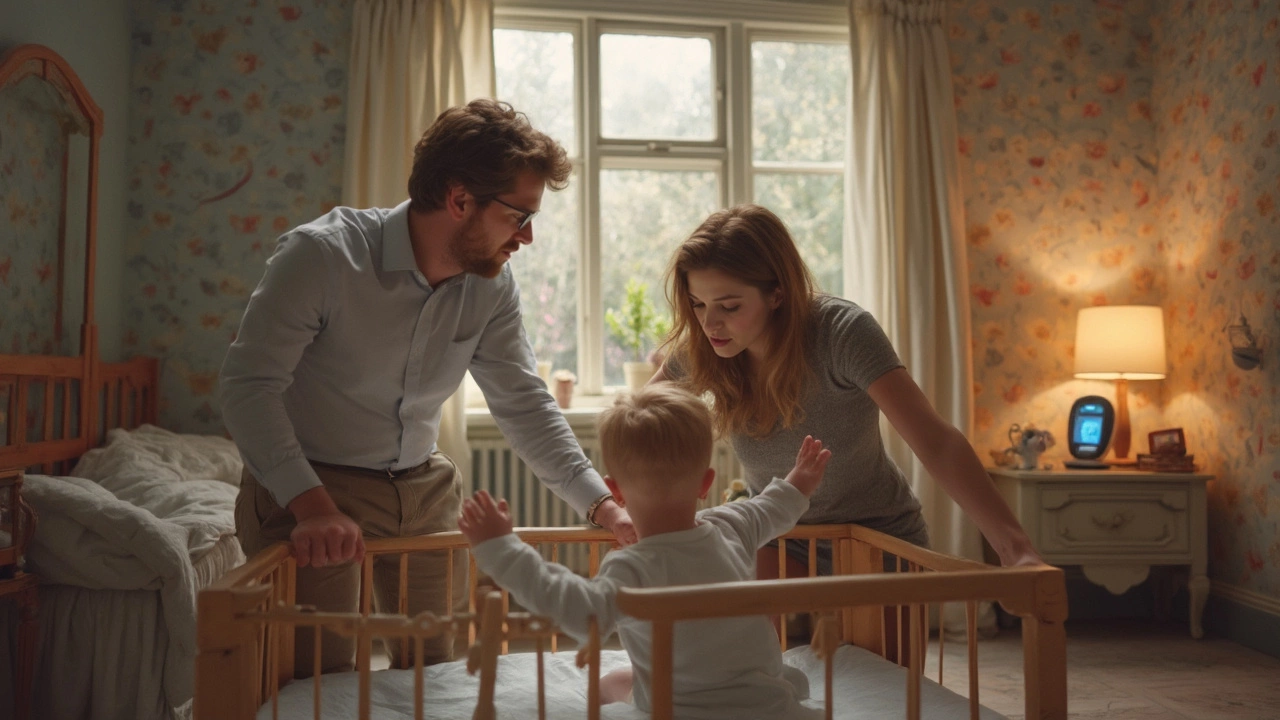
What Baby Monitors Can Reveal
Think your kid’s just lying quietly in bed? Wait until you catch them stacking stuffed animals to climb the bookshelf, all caught on camera. Baby monitors do so much more than just let you hear nighttime cries—they show you what’s really happening after lights out. For lots of parents, a monitor is an extra set of eyes, especially during the big switch to a toddler bed.
Here’s what you might spot with a modern video or smart monitor:
- Frequent escapes—You see your child popping out of bed more than once, even after bedtime.
- Unsafe behaviors—Climbing, jumping, or trying to move furniture around their room.
- Restlessness—Moving, rolling, or staying awake for long stretches instead of sleeping.
- Distress—Crying, calling for you, or signs of separation anxiety that last longer than a few minutes.
And if you’re wondering what other parents are actually seeing, here’s some relevant info:
| Behavior | % of Parents Noticing (During Transition) |
|---|---|
| Leaving the bed at night | 54% |
| Crying for parents repeatedly | 38% |
| Unsafe climbing/jumping | 22% |
A good monitor lets you react before things get risky. If you notice your child trying to sneak out the door or launching themselves out of bed, that’s a big signal they might not actually be ready for this new freedom. Some models even send motion alerts straight to your phone. Not techy? Audio-only monitors still let you hear if there’s a pattern of crying, thumps, or long stretches of restlessness.
Another thing to watch: If your child needs you in the room to fall asleep every night, monitors help you see how long they’re awake and whether their sleep is getting any better with the new bed. If things aren’t improving after a couple of weeks, it might be time to hit pause and go back to the crib awhile longer.
Whatever you use, toddler bed transitions can be bumpy. The right monitor can help you spot the signs sooner and decide if your kid’s really ready for less crib and more independence—or if everyone needs a little more time.
Tips for a Better Bedtime Transition
Moving to a toddler bed is a big step, but a few practical tricks can really make things easier—for both you and your kid. No one wants bedtime to drag on forever or end with you sprawled on the floor next to a restless toddler.
First, keep the bedtime routine the same. Kids love to know what’s coming next, so if you usually read two stories, keep it at two stories, even in the new bed. Don’t toss out the favorite stuffed animal, pillow, or blanket. Consistency tells your child that nothing major has changed except the bed.
Here’s how you can smooth the transition:
- Toddler bed placement matters. Put the bed in the same spot where the crib was. The familiar view when they wake up helps them feel safe.
- Use a nightlight if your kid starts getting out of bed—it can help them feel secure and less freaked out if they wake up in the middle of the night.
- Baby monitors are your friend. Use the video option if possible. You can gently guide them back to bed without running up and down the hallway a dozen times.
- Set clear boundaries: Let your toddler know what you expect, like, “Stay in bed until the sun comes up,” or use a toddler clock that lights up when it’s okay to get out.
- If you have a kid who likes to ‘visit’ at 3 a.m., calmly walk them right back to their bed every time, with the same phrase and action. Don’t make a game out of it—you’ll only encourage the habit.
Avoid major changes, like dropping the pacifier or starting potty training, right when you switch beds. Too many big changes at once can overwhelm your child.
A quick look at some data from a 2024 kids’ sleep survey:
| Tip | Success Rate (Parents Reporting Positive Results) |
|---|---|
| Consistent bedtime routine | 87% |
| Keeping favorite comfort items | 81% |
| Using a baby monitor | 74% |
| Returning child calmly to bed | 68% |
Remember—patience counts. Some toddlers take a night or two, others need weeks. Stick to routines, use your monitor, and keep calm. The smoother you make this change, the sooner everyone’s back to sleeping at night.
Alternatives to Switching Beds
Not every toddler is ready to move to a new bed the minute they turn two. In fact, some experts say there’s zero rush unless safety is a big issue. If your child still seems attached to the crib or bedtime suddenly feels like a battle zone, it’s okay to pause and rethink the switch.
Here’s what you can do instead of jumping to a toddler bed:
- Toddler bed conversion kit: Some cribs turn into a toddler bed by removing one side. This lets your child get used to less confinement while keeping a familiar feel. Most big-brand cribs offer this feature, so look up your model.
- Lower the crib mattress: Dropping the mattress to its lowest level keeps little climbers safe without losing the comfort of the crib. It’s a quick fix that works for most cribs.
- Install a sleep sack: Instead of a blanket, a sleep sack can mellow out a toddler’s urge to climb. Sleep sacks are designed to keep kids cozy but make it harder to scale crib rails.
- Use a portable crib: If you need flexibility, try a sturdy portable crib. Some are roomy and rated safe for kids up to 35 inches or more. Just check the safety instructions before extended use.
- Reinforce bedtime routines: Sometimes, what keeps a toddler in bed isn’t the bed itself, but the routine around it. A calm, consistent routine with their favorite stuffie or book can work wonders, no matter what they sleep in.
Dr. Jennifer Shu, co-author of Heading Home With Your Newborn, puts it simply:
“If your child isn’t climbing out of the crib, there’s no need to move them until they—or you—are truly ready.”This advice can save parents a lot of stress and a few sleepless nights.
If you do try one of these options and still catch your toddler making a break for it on your baby monitor, give yourself permission to wait a little longer. Your goal is a safe, restful night—for everyone.
